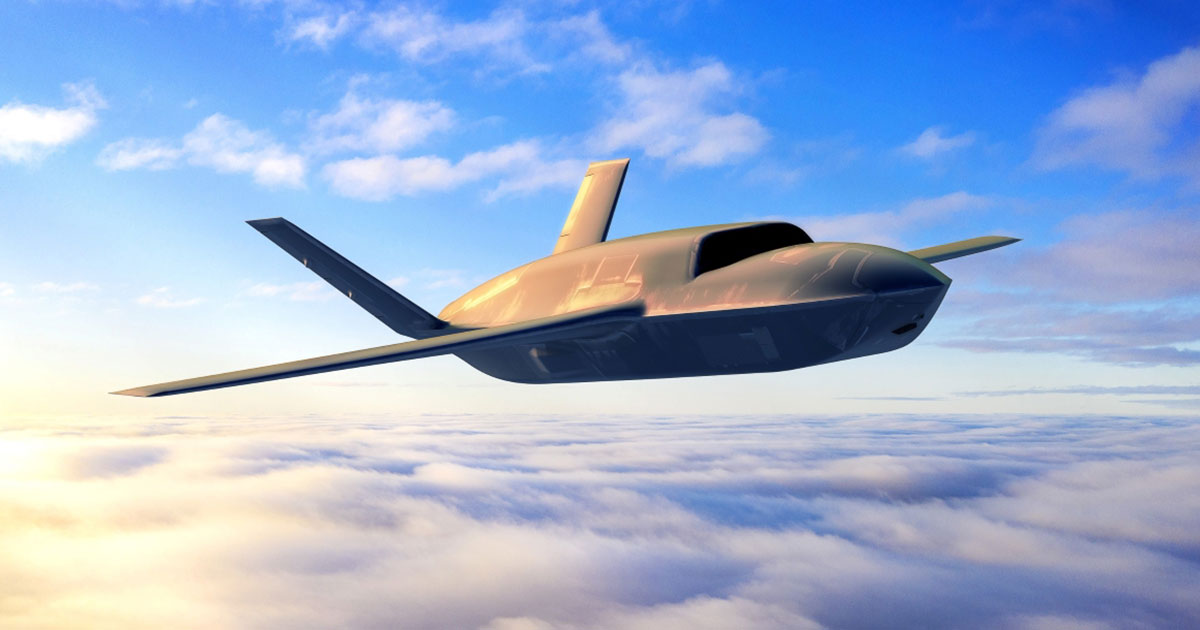Beyond ChatGPT: How OpenAI Has Quietly Revolutionized AI for Years

Founded in 2015, OpenAI's initial mission was ambitious: to ensure that artificial general intelligence (AGI) – AI that can perform any intellectual task that a human being can – benefits all of humanity. It began as a non-profit research organization, attracting top AI talent with a vision of open collaboration and responsible AI development. This initial focus on safety and ethical considerations, though often behind the scenes, has been a cornerstone of OpenAI's approach.
While ChatGPT captured the world's attention, it's crucial to understand that it's the culmination of years of research into large language models. OpenAI's Generative Pre-trained Transformer (GPT) series represents a significant leap forward in natural language processing. GPT-1, released in 2018, demonstrated the potential of pre-training language models on massive datasets. GPT-2, the following year, showcased even more impressive text generation capabilities, raising concerns about potential misuse and prompting OpenAI to initially limit its release. However, the real breakthrough came with GPT-3 in 2020. With 175 billion parameters, GPT-3 was unlike anything the world had seen before, capable of generating remarkably human-like text, translating languages, writing different kinds of creative content, and answering your questions in an informative way. This model, though not perfect, demonstrated the immense power of scale in AI.
OpenAI’s innovations extend beyond text. DALL-E, released in 2021, is a groundbreaking AI system that creates realistic images and art from textual descriptions. The ability to generate visuals from language, even abstract concepts, opened up entirely new possibilities for creative expression and design. DALL-E 2, with its improved resolution and realism, further solidified OpenAI’s position as a leader in multimodal AI – AI that can process and generate both text and images.
In 2019, OpenAI transitioned to a “capped-profit” model to secure funding and continue its ambitious research goals. This allowed it to partner with Microsoft, securing significant investment and cloud computing resources. This strategic shift enabled the development and deployment of ChatGPT in late 2022. ChatGPT’s user-friendly interface and impressive conversational abilities quickly propelled it to global prominence, sparking widespread interest and discussion about the potential of AI.
OpenAI's journey is a testament to the power of long-term research and a commitment to responsible AI development. While ChatGPT has been the most visible manifestation of their work, it’s just one piece of a much larger puzzle. As OpenAI continues to push the boundaries of AI, we can expect even more groundbreaking innovations that will reshape the way we live, work, and interact with technology. The focus remains on building safe and beneficial AGI, and the lessons learned from their past successes and challenges will be crucial in navigating the complex future of artificial intelligence. The quiet revolution OpenAI has been leading for years is now undeniably in full swing.






